Sofitel Sydney Wentworth gets a facelift, under the deft hand of FK.

May 16th, 2025
“The past is not dead. It is not even past,” William Faulkner once penned. There is a certain poetry in restoration. In cities shaped by time, the act of revisiting a landmark is about recalibration. What do we keep? What do we let go? What does it mean to occupy heritage without romanticising it? The Sofitel Sydney Wentworth has never been a neutral building. From its inception in 1966, this curved monolith of sandstone brick and steel carried the aspirations of an emerging global city. Now, nearly sixty years on, the question becomes: how does an icon speak in a contemporary voice without raising its tone?
Under the deft hand of FK, the next chapter of Sofitel Sydney Wentworth evolves through a grafting of present-day sensibilities onto a deeply structured past. The original vernacular of the building – formal and slightly austere – is neither overwritten nor overly revered. Instead, the intervention works by fine-tuning the existing to introduce a new syntax.
Suggested: Touring The Commons with Foolscap Studio

Entry is reframed through a bronze portal, where the once introverted threshold gives way to a lobby more akin to a fluid public interior than a transitory reception. FK’s layout resists spectacle for its own sake. It pivots around a principle of blurred thresholds – between guest and local, lobby and bar, arrival and dwelling – appealing to a hospitality model more common to European or Asian urban hotels than Australia’s traditionally segmented typology. Elsewhere, interventions are more surgical. The guest floors retain their existing bones – corridor alignments, service cores – but receive a focused suite of high-impact insertions.
Materiality does the heavy lifting. A pared palette of timber panelling, travertine and softly diffused lighting creates tonal consistency throughout the lower levels. Of note is the ceiling installation: 400 individual light fittings, conceived by Shaun Dudley, draw the eye, extending the plan, unifying the entry procession. The gesture nods gently to the rituals of French hostelry while resisting any literalism.
Tilda, the foremost dining space, leans into a material palette that reads more coastal retreat than inner-city dining room – ochres, natural linens and soft textures – ground the room in its Australian context. The open kitchen acts as theatre and anchor, and its adjacency to the lobby dissolves any old-fashioned division between guest amenity and public venue. Bar Tilda builds on this porosity, with its armoire-style whisky cabinet and street-facing timber venetians. On level five, Delta Rue and the adjacent terrace bar extend the narrative. Here, reclaimed timbers and rattan inserts suggest colonial lineage without slipping into pastiche. The terrace itself, long underutilised, is now framed by a fine copper canopy.
INDESIGN is on instagram
Follow @indesignlive
A searchable and comprehensive guide for specifying leading products and their suppliers
Keep up to date with the latest and greatest from our industry BFF's!
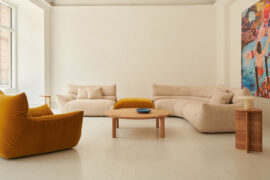
A curated exhibition in Frederiksstaden captures the spirit of Australian design

The undeniable thread connecting Herman Miller and Knoll’s design legacies across the decades now finds its profound physical embodiment at MillerKnoll’s new Design Yard Archives.

A longstanding partnership turns a historic city into a hub for emerging talent

Gaggenau’s understated appliance fuses a carefully calibrated aesthetic of deliberate subtraction with an intuitive dynamism of culinary fluidity, unveiling a delightfully unrestricted spectrum of high-performing creativity.
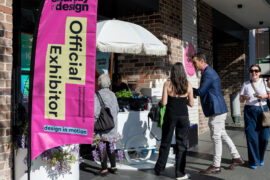
Collingwood is one of three precincts at Saturday Indesign 2025 on 6th September – find out what’s on there!
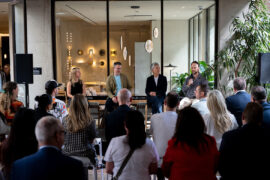
The CBD and South Melbourne Precinct promises a day of design experiences that balance movement, wellbeing, innovation and hospitality.
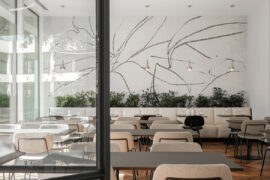
Hospitality is evolving fast, demanding interiors that can flex as quickly as guest expectations. From modular seating to stackable silhouettes, Bowermans brings global design brands and local know-how to help designers shape spaces that perform as well as they inspire.
The internet never sleeps! Here's the stuff you might have missed
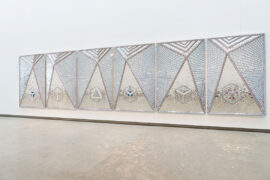
Wonderstruck is currently on view at the Queensland Art Gallery | Gallery of Modern Art (QAGOMA), an exuberant statement of flamboyant possibilities.
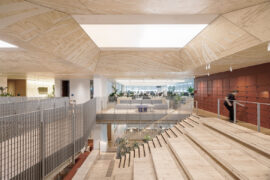
Reuse, resourcefulness and material transformations bring unexpected stories to Arup’s new Brisbane office, designed by Hassell.